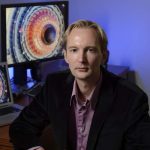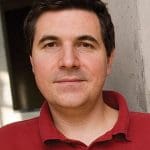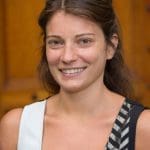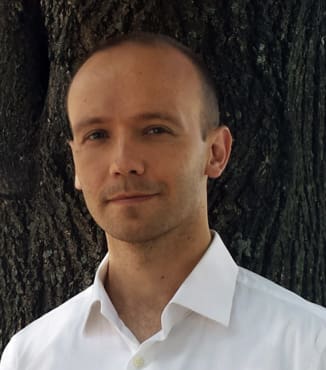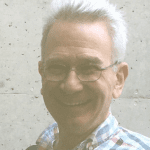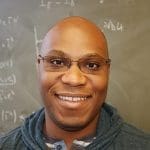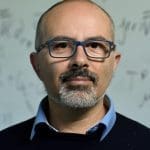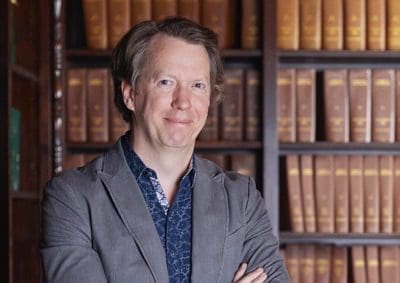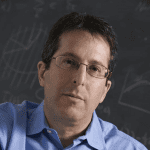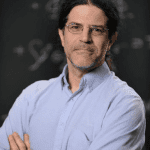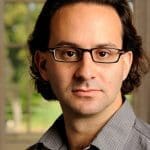The study of elementary particle physics is at an important juncture. The Standard Model has proven to be a remarkably successful description of essentially all experimental phenomena. Still, there are significant gaps in our knowledge of the micro-physical universe. For example, we still do not know the origin of dark matter or dark energy, we do not know the source of spontaneous symmetry breaking, which is responsible for the origin of mass, and we have not found the source of CP violation that is responsible for the dominance of matter over antimatter.
We have good reason to believe that spontaneous symmetry breaking (SSB) as described by the Minimal Standard Model is unlikely to be correct or complete. The theory has unstable high energy behavior and such pathologies are an indication that new phenomena are lurking at larger mass scales. These phenomena may contribute to the mass and energy balance of the universe.
Experimental Particle Physics Group
In particle physics at Johns Hopkins, the collider-based efforts include the Compact Muon Solenoid (CMS) experiment at LHC, fixed-target SpinQuest experiment at FNAL, and feasibility studies of a Future Circular Collider. The neutrino and dark matter efforts include the Cryogenic Underground Observatory for Rare Events (CUORE), the CUORE Upgrade with Particle Identification (CUPID), the Haloscope at Yale Sensitive to Axion Cold dark matter (HAYSTAC), studies of DArk Matter In CCDs at Modane (DAMIC-M), R&D for the search for low-mass dark matter with CCDs (OSCURA), and R&D efforts on future microwave and bolometric detectors.
The CMS group (Profs. Gritsan, Maksimovic, Swartz) has played a significant role in discovery and measurement of spin-parity and other properties of the Higgs boson, pursued searches for new beyond-the-standard-model phenomena and tests of electroweak theory, and engaged in development of phenomenological tools for LHC data analysis. The group plans to pursue analysis of the full Run-3 dataset, support of the CMS silicon pixel detector calibration and alignment, and engage in Phase-2 upgrade of the silicon pixel detector. The group is also involved in upgrade of the SpinQuest experiment with the target to search for dark matter and feasibility studies for future Higgs factories.
The group of Prof. Speller focuses on low-temperature searches for physics beyond the Standard Model, with a concentration on searches for dark matter and neutrinoless double-beta decay. The group’s work includes analysis, software, and hardware efforts on campus. HAYSTAC is a microwave cavity experiment that employs state-of-the-art quantum sensing and microwave techniques to search for axions with masses in the range 10 to 100 micro-eV. CUORE, and the upcoming upgrade CUPID, are neutrinoless double-beta decay experiments which also search for a wide array of rare events, including symmetry violations and WIMP dark matter interactions.
The group of Prof. Norcini develops instruments with exquisite sensitivity and background rejection capabilities for dark matter and neutrino experiments. The group is working with low-threshold, single-quanta skipper CCDs to directly detect dark matter. With the start of construction in 2024, our main focus is DAMIC-M, which will observe light dark matter-electron scattering for the first time or set world-leading limits in the sub-GeV mass regime. In parallel, we will also be involved with sensor R&D for the larger, lower background OSCURA experiment to be constructed at SNOLAB. The group plans to pursue various efforts within the projects, including CCD testing, underground detector construction, calibration studies, and physics analyses.
Faculty
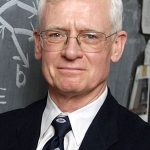
Bruce Barnett (professor emeritus)
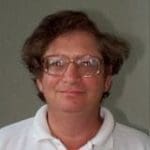
Barry Blumenfeld (professor emeritus)
Particle Physics Theory Group
The particle physics theory group at Johns Hopkins carries out research on a wide variety of subjects not only in particle physics theory, but also in particle astrophysics, cosmology, and gravity. This includes work in string theory and mathematical physics, formal field theory, perturbative QCD, tests of strong-field gravity and new physics beyond the standard model, particle and relativistic astrophysics, gravitational-wave theory, and early-Universe and physical cosmology. Our work is relevant for new-physics searches at the LHC, for dark-matter searches, dark-energy studies, and a host of other collider-based and non-accelerator searches for new physics. We have considerable intellectual overlap and interactions with our colleagues at Johns Hopkins in experimental particle physics and in the Center for Astrophysical Sciences.

